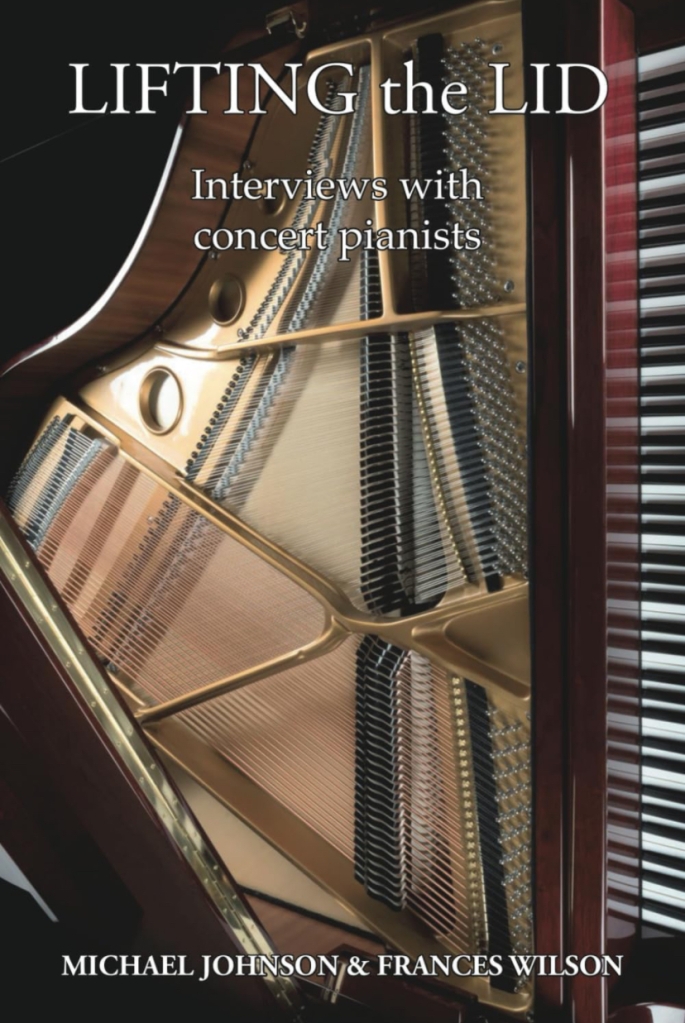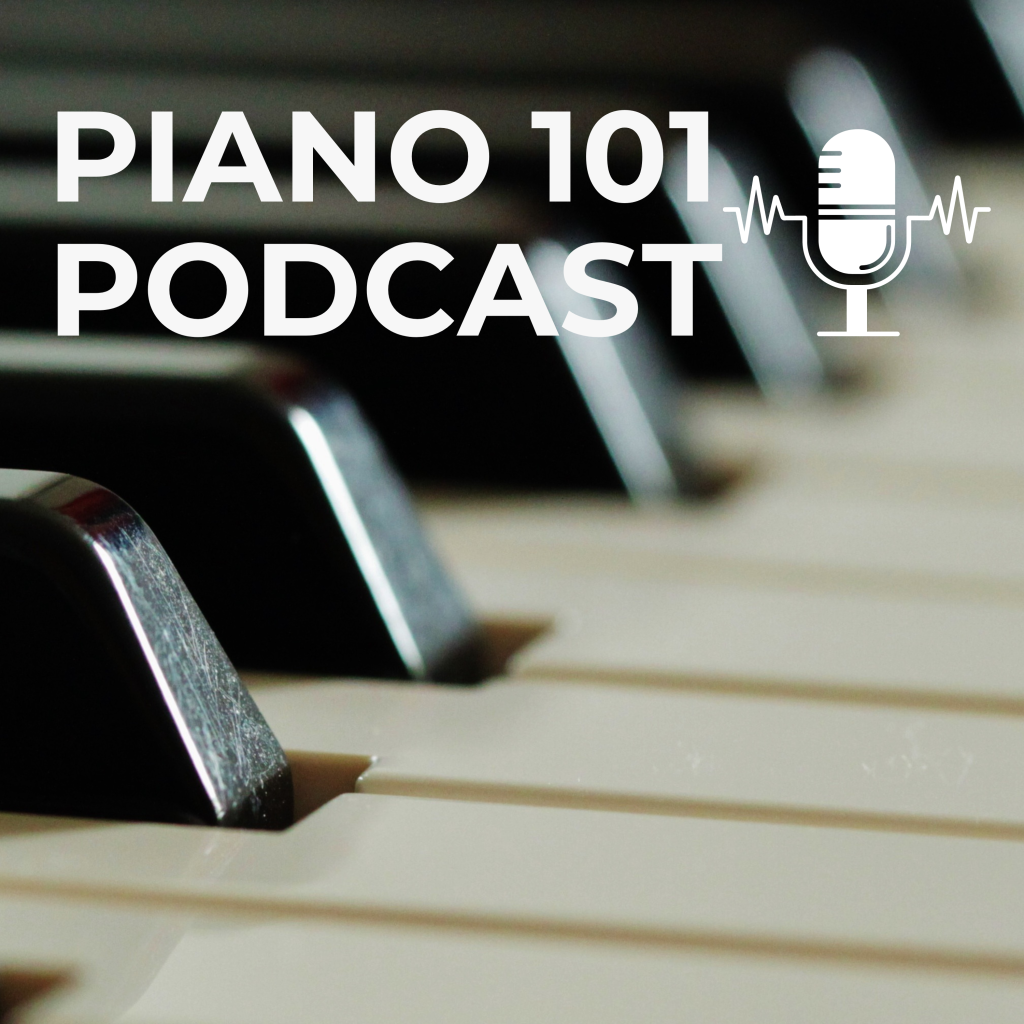
It is not that often a set of recordings comes along which is genuinely as much a revelation and surprise to the Bach initiate as this one. Wolfgang Rübsam’s current spate of recordings on his self-released ‘Counterpoint Records’ include the entire Well-Tempered Clavier (across 5 vols.), Art of Fugue and most recently a number of the Cello Suites (!), all of which are available only as downloads but thankfully in FLAC format as well as lossy MP3. They all feature an unfamiliar sound: the Lautenwerk or lute harpsichord, in this case one of only a few in existence, built by the fine and intrepid instrument maker, Keith Hill. Readers need look no further than Rübsam’s website for generous helpings of tracks from these CDs together with other recordings of Pachelbel, Buxtehude and Böhm (www.wolfgangrubsam.com/listen ). For me the recordings speak for themselves, and I have grown to like them even more over time, as well as slowly realising how far they go against the grain of traditional Bach keyboard interpretation. Those who are not instantly convinced may want to read on and reflect.
First let it be said that the Lautenwerk has a charm all of its own. The timbre outwardly resembles that of the buff stop that is featured on some harpsichords except that it is a lot fuller, mellow and, well, lute-like. Although notes die away rapidly a warm reverberation is created by a set of strings above that resonate in sympathy, rather like the effect contributed by the undamped final octave or so of strings on the piano. In fact, the ear does not seem to tire of this closely recorded sound as much as can be the case with the bright tone emitted by some conventional harpsichords, even after listening endlessly to it (on headphones). There is a gentle ease about it, matched by the ease and delight of the player. Sometimes the sound-world reminds me of arrangements of Renaissance polyphony for lute duet, and Rübsam manages to make the listener forget that this is actually a keyboard instrument, so nuanced is his touch.
The liberties the instrument itself seems to entice Rübsam towards, lead him beyond where most dare to tread in this very Germanic, learned repertoire. However, for me the results give a breath of fresh air to what can seem sometimes, even on the piano with all its dynamic variety, a rather trudging tradition of playing (I am thinking particularly of the fugues). In fact, I think this raises a whole heap of questions about how such music may have been brought to life by the player of an instrument where other parameters such as dynamics are so minimal. It is clear from the modern tendency to perform works like the Art of Fugue on strings and other combinations (not to mention piano) that the listener benefits from such individualisation of lines, yet Rübsam finds a viable and enchanting solution to this problem on the Lautenwerk by displacing one voice rhythmically from another resulting in a remarkably three-dimensional sense of the polyphony (Bradley Lehman has called his Bach ‘geodesic’), an effect that initially takes some getting used to.
This is nothing new for him. His two complete Bach organ cycles (particularly the later one for Naxos) show a subtle rhetorical approach to rhythm that, although requiring more concentration from the listener, is deeply rewarding in communicating the sense of metre, the stress of dissonances and light and shade of rhythmic groupings, and bears out repeated listens. This sensibility has been transmitted to the work of his students too, including Julia Brown’s brilliant Buxtehude complete organ series for Naxos. Rübsam himself also did quite a lot of piano recordings for Naxos that also show a distinctly free approach rarely heard in today’s pianistic Bach, saved from accusations of Romanticism by its accomplished ornamentation and deep awareness of style. The ornamentation on his Lautenwerk recordings is also very impressive and adds to the sense of freshness. Everything is on the table and there are no textbook solutions for Rübsam, who adds anything he chooses, before, on or after the beat. Hearing it is really thought-provoking, reminding me of the writings of Frederick Neumann, who has always criticised the dogmatic approach of some early music specialists in the light of contradictory evidence, emphasising the final arbiter of good taste over formula in this epoch, a concept reinforced in many treatises.
There is something luxuriant, deeply sensuous about this playing that I think reveals a kind of ultra-sensitive Bach that perhaps has been unfairly obscured from view by pianists and harpsichordists alike, but is now perhaps coming more into the open (a favourable comparison would be Richard Egarr’s WTC) even if historically one might speculate this to be closer to the performance traditions of the later Bach circle. Although we know of the importance of the clavichord to Bach, another instrument essentially lost to the modern concert world, it is interesting that the Lautenwerk also had a place close to Bach’s heart (two such instruments are listed in the inventory of his possessions at the time of his death) and these performances should perhaps make us think again about the expressive core of this music, its simultaneous expression of harmonic depth and contrapuntal complexity. I for one have never enjoyed the canons from The Art of Fugue so much as in the hands of this wise sage of Bach interpretation, who seems to care nothing for contemporary fashion and everything for the music, its world of overlapping voices and subtle comings and goings. It is fair to say you will find a whole universe here, the existence of which you might not even have suspected.
A 5CD version of WTC I+II by IFO Classics will be released first quarter of 2018. www.ifo-classics.de/index.php/startseite.html
Also worth reading: Rübsam’s notes on ‘horizontal music’ here : www.wolfgangrubsam.com/biography
Other reviews of Rübsam CDs:
www.bach-cantatas.com/NonVocal/Klavier-Var-Rubsam-Part1.htm
A short video amalgamating various flexible versions of Bach’s C major Prelude from WTC 1 (including Rübsam’s): https://www.youtube.com/watch?v=q0ygnhv2FQ8
About the reviewer:
Dr Charles Tebbs is a freelance piano teacher, pianist, one-time harpsichordist, organist, and accordionist, recording fanatic (both making and listening to) who also composes from time to time (and is a recipient of two minor composition prizes). Special areas of interest include polyphonic music, jazz improvisation, historical keyboard performance practices from the 18th to early 20th century and early recordings. He has recorded a CD of Bach’s Goldberg Variations on piano and made numerous contributions to YouTube. Current plans include recording the entire Well-Tempered Clavier Book One on the piano in a temperament other than equal.





